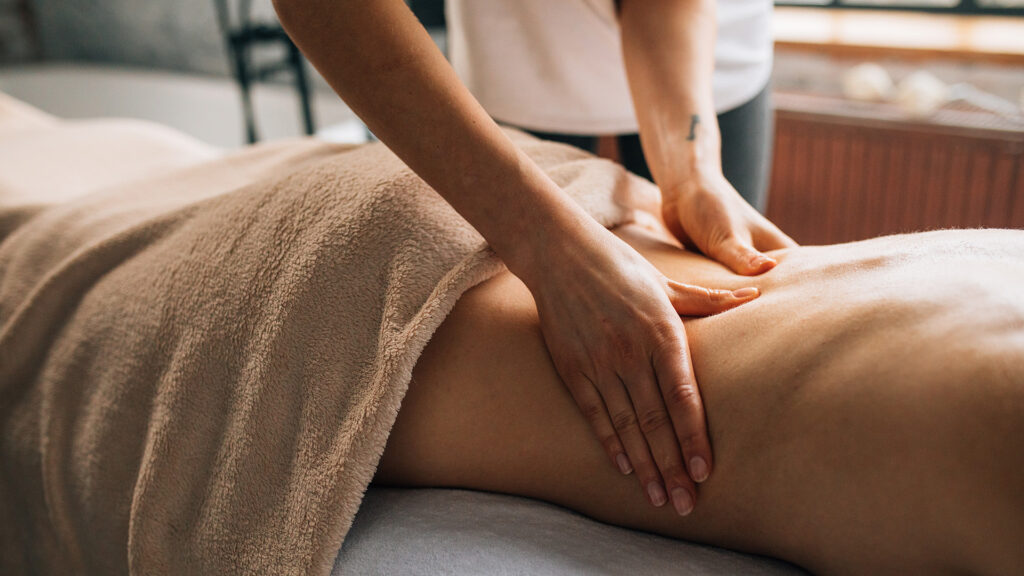
Reflexology, an old healing method that has stood the examination of time, continues to astound the minds and soles of individuals worldwide. This holistic treatment is based on the principle that certain factors on the ears, feet, and hands represent various body organs and systems within the body. By using pressure to these points, experts aim to advertise recovery, relieve stress, and recover equilibrium to the body.
The Origins of Reflexology
While the specific origins of reflexology are discussed, proof suggests that similar practices have actually existed for thousands of years across numerous societies. Ancient Egyptian burial places depict what appears to be foot massage therapies, while typical Chinese medication has long identified the interconnectedness of various body components. The modern practice of reflexology, nevertheless, was developed in the early 20th century by Dr. William Fitzgerald and later on improved by Eunice Ingham, often described as the “mother of reflexology.”
Exactly How Reflexology Works
The fundamental idea behind reflexology is that the body is divided into ten vertical zones, each representing different organs and body components. By using pressure to specific points within these zones, reflexologists believe they can affect the matching locations of the body. The pointers of the toes are assumed to correspond to the head, while the sphere of the foot is linked with the breast and lung location.
Potential Benefits of Reflexology
Proponents of reflexology declare a large range of benefits, including:
Anxiety decrease and leisure
Boosted flow
Improved body immune system feature
Discomfort alleviation, especially for frustrations and migraine headaches
Improved rest high quality
Alleviation of digestive problems
While scientific study on reflexology is recurring, numerous people report considerable enhancements in their total health after receiving treatments. It’s important to keep in mind that reflexology is generally thought about a corresponding treatment and should not change conventional treatment.
What to Expect During a Reflexology Session
A normal reflexology session lasts in between 30 to 60 minutes. The reflexologist will certainly start by analyzing your feet before applying pressure to certain factors.
Self-Reflexology Techniques
While expert sessions can be advantageous, you can also practice some basic reflexology techniques at home. Right here are a couple of simple exercises to attempt:
Foot rolling: Roll a tennis round or specialized reflexology round under your foot for a couple of minutes every day.
Thumb walking: Use your thumb to “stroll” along the soles of your feet, using pressure as you go.
Hand reflexology: Apply stress to the center of your hand utilizing your thumb from the contrary hand.
Integrating Reflexology into Your Wellness Routine
Similar to any type of brand-new health and wellness method, it’s vital to come close to reflexology with an open mind and reasonable assumptions. While it may not be a magic bullet, numerous locate that normal reflexology sessions or self-practice can be a valuable enhancement to their general wellness routine. Whether you’re looking for stress relief, discomfort monitoring, or just a minute of relaxation, reflexology offers an unique approach to nurturing your mind and body.
Keep in mind, if you have any kind of health and wellness problems or are expectant, it’s always best to talk to your health care provider before starting any brand-new therapy, including reflexology. With 東京 and capacity for advertising general well-being, reflexology remains to be a prominent selection for those seeking a natural, all natural approach to health and wellness and wellness.
While the exact origins of reflexology are disputed, proof recommends that comparable practices have actually existed for thousands of years across different cultures. The modern-day method of reflexology, nevertheless, was established in the very early 20th century by Dr. William Fitzgerald and later on fine-tuned by Eunice Ingham, commonly referred to as the “mommy of reflexology.”
The fundamental idea behind reflexology is that the body is split right into ten vertical zones, each corresponding to different organs and body components. As with any brand-new health and wellness practice, it’s important to approach reflexology with an open mind and sensible expectations. Whether you’re seeking anxiety alleviation, pain monitoring, or just a moment of leisure, reflexology supplies a special strategy to nurturing your body and mind.